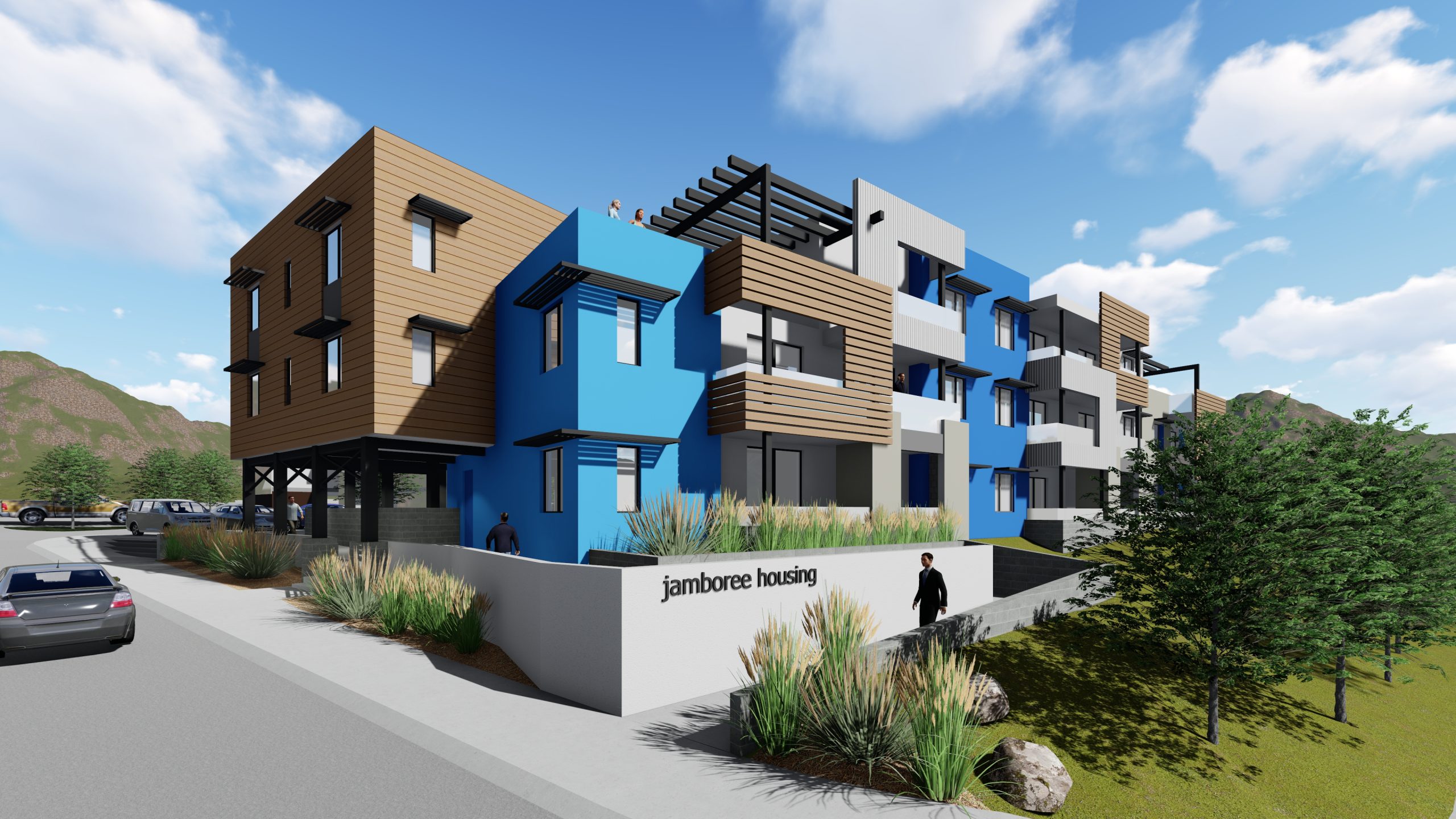
*Original article was written by Daniel Gehman, AIA, LEED AP, for and published in the MFE 2020 Concept Community Report
As we endure this unprecedented global pandemic we have all been in a season of mental reframing—adjusting expectations, strategies, and anticipated outcomes. By the time you read this, I hope the dust will be settling on the qualities and characteristics of life that best provide meaning and definition. With everything still fluid as we struggle to arrive at the “new normal,” I want to seize the moment and suggest we consider altering our expectations of what is beautiful in housing. Gen Z is a generation coming of age and entering the household formation years having been branded not only by this crisis but possibly by their parents’ experience in the Great Recession. This generation has been described as motivated by a heightened sense of pragmatism coupled with “ethical consumption” and a search for “truth.” What will this mean when it comes to their choice in housing, especially from an aesthetics perspective?
Personal pragmatism in action can be characterized by a desire to balance one’s expenses, not over-reaching for either status or luxury before they can be afforded. Partnered with this mindset is often a conviction not to consume more than what is needed, but to understand, without pretense, exactly what it is they will be getting for their money.
When “beauty” and “housing” are mentioned together, most of our minds turn to cosmetic or distinctly surface is-sues. We know that “beauty is in the eye of the beholder,” but it has also been said that “beauty is only skin deep.” What if the holistic understanding of beauty was expanded beyond mere packaging?
Dictionary.com defines beauty as: “The quality present in a thing or person that gives intense pleasure or deep satisfaction to the mind, whether arising from sensory manifestations (as shape, color, sound, etc.), a meaningful design or pattern, or something else (as a personality in which high spiritual qualities are manifest).
“Beauty” in architecture is a wildly subjective topic. There are voices in our industry that pursue “harmony” or “compatibility” of a proposed structure within its given context as if it were the highest imaginable objective. This often gives rise to design solutions, in the quest for community/agency approvals, that unnecessarily complicate the envelope (through excessive ornamentation, geometric modulation, or both), increasing the cost of the building, which in turn raises the rent.
There is also a “keeping up with the Joneses” phenomenon in multifamily that suggests a project’s amenity offerings must be over the top in order to be competitive. But what if I don’t need or ever plan to enjoy a bowling lane or climbing wall? If I don’t use it, I still have to pay for it, along with everyone else in the community, and, again, the rent climbs.
What if we shifted the lens of our mental cameras to view the values of simplicity, commodity, functionality, and an agreeable atmosphere as beautiful? Over 2,000 years ago Vitruvius, the Roman architect, engineer, and soldier, argued for the beauty of simple but pure forms and pleasing proportionality, suggesting that abundant ornamentation was superfluous or even distracting. He also valued “functionality” (or “commodity”) along with strength and beauty. In fact, in his well-known statement of what defined quality building design, “commodity” precedes firmness or delight, so maybe he was on to something in his order-ing of priorities by putting usefulness upfront.
In a search for a home that fits, could focus on a dwelling that provides what one needs without pro-viding (and charging for) things one does not need be of high importance to a Gen Z? What if a developer, propelled by passion, intention, and discipline, deliberately chose to pursue functionality first, including only the most necessary components of functional, comfortable living to deliver homes in the most efficient manner that cost less to rent, accommodating many more households? What if being disciplined in every aspect of the community design and construction could allow this type of development to be done while still making a modest profit, without subsidy? Wouldn’t making housing for many more people pro-vide a deep satisfaction to the mind? What if all this disruption by the pandemic and its lingering impacts caused this kind of thinking to lead to a huge increase in the amount of housing being created that is attainable for many at manageable costs? Now that would be a thing of beauty.

